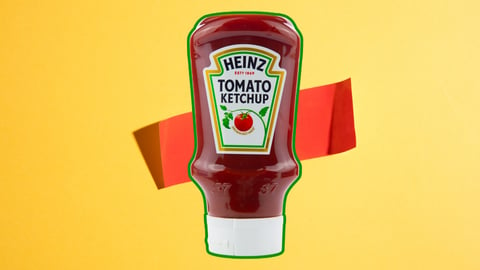Why Additive is the Future of Consumer Manufacturing
Additive manufacturing, popularly known as 3D printing, has been gradually gaining traction and proving itself advantageous and reliable over a wide spectrum of applications. Specifically, innovators within the consumer goods industry are increasingly experimenting with the technology, searching for optimal opportunities to capitalize on its potential and transform their businesses.
Already, some of the most intriguing and eye-catching consumer products are being designed and manufactured with additive platforms. The most high-profile example is 3D-printed shoes, which are blazing new trails in footwear style, comfort and eco-friendly materials.
And that’s just the beginning. Other successful 3D-printed consumer products include bicycle frames, razor handles, ceramic jewelry and mascara brushes, to name just a few.
Many exciting products are expected to follow in their wake. But, for now, the consumer goods industry is still dipping its toe in the pool and checking the temperature. Most companies want further proof that additive manufacturing is scalable and cost-effective before they dive in.
But that’s a false choice. Every consumer product company can and should be seriously exploring additive manufacturing. They don’t have to dive in. They can go waist-deep with the technology. If they don’t, they risk being disrupted by more nimble competitors and watching from the shore as those competitors sail off to success.
The disruption is coming
3D printing has the power to disrupt almost any consumer category. Consider, for example, clear aligners for teeth, which are having a profound impact in the dentistry market. These customized orthodontics, which are more comfortable and aesthetically pleasing than conventional braces, are now being 3D-printed by the millions and they are changing the business of dentistry.
There will be many more disruptive applications of 3D-printed products in the years ahead. Which should make any objective market observer ask: What’s preventing consumer product companies from fully embracing additive manufacturing and potentially creating the next game-changing application?
One obstacle is the fact that additive manufacturing is a relatively new technology. It’s only over the past few years that it has been taken seriously as a manufacturing tool for consumer products. There still isn’t a lot of industry knowledge around the technology, resulting in lackluster results and underutilization of a potentially unique and fantastic tool.
It’s time for all industries to start experimenting in earnest with 3D printing and expand the community of knowledge around the technology.
Consumer goods companies can begin simply by working with a 3D printer vendor who will help them to explore the technology, learning about the materials that can be used and how to master the design process. This curiosity can lead to wonderful discoveries. By experimenting, companies can create truly jaw-dropping products and exciting novel use cases.
Additive eases adversity
3D printing will also drastically influence domestic and local manufacturing, which is on the upswing as global supply chains collapse amid the COVID-19 pandemic. Traditional manufacturers in the U.S. are seeing their production slow markedly as borders are shut down and they struggle to source materials from around the world.
Additive manufacturing is extremely helpful in difficult times like these, allowing for the dependency on global supply chains to greatly diminish. Instead, it enables consumer product companies to shift the sourcing of supplies from remote locations like China to on-site production facilities. It also accelerates time to market, as additive manufacturing platforms can make parts and products in a matter of hours, rather than wait in vain to receive parts from global suppliers.
The COVID-19 crisis emphasizes the need to adapt quickly to changing market conditions and turn on a dime when necessary. This is something that consumer product makers can do more effectively with additive manufacturing.
3D is the next dimension in manufacturing
Looking to the future, I see major consumer companies like razor makers embracing 3D manufacturing — for their own benefit and for that of their customers. For example, it’s not hard to imagine a razor manufacturer selling 3D designs and materials for branded products to large customers like barbershops, so they can print their own razors as needed, rather than order a shipment every month.
The potential of 3D manufacturing in consumer products is limitless. 3D printing will breathe fresh air into a wide variety of day-to-day products while also making it possible for consumer companies to experiment and innovate like never before. The only question is when. The answer should be start now—or risk getting left behind.
Garrett Harmon is an applications engineer at Essentium Inc.




